Table of Contents
Introduction
Controlling the ball’s flight path is one of the difficulties that golfers frequently encounter in this game of accuracy and technique. The slice and the hook are two typical shot types that can be frustrating for golfers. This article will explain the distinctions between a golf slice vs hook, explain their causes, and offer advice on how to correct these shot forms. Understanding and correcting these shot forms will greatly enhance your game, regardless of how accomplished you are at golf.
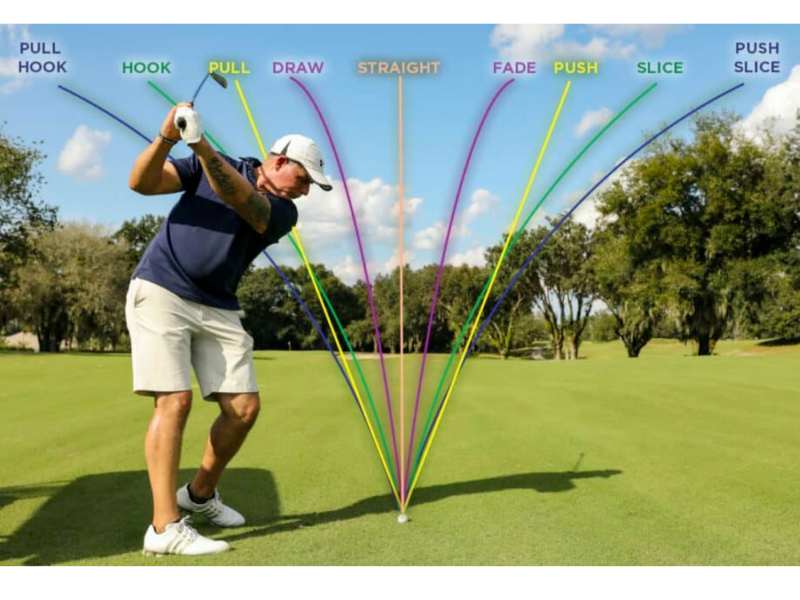
Understanding the Golf Slice
What is a Golf Slice?
A shot that curves excessively from left to right (for a right-handed golfer) or right to left (for a left-handed golfer) is referred to as a “golf slice.” The ball typically starts off pretty straight before swerving off to the side and frequently misses the intended aim. Many golfers struggle with the golf slice, which has a big impact on their accuracy and distance.
Causes of a Golf Slice
A golf slice is caused by a number of things. An open clubface at impact is one of the main contributing factors. The ball develops sidespin when the clubface is open, curving in the opposite direction of the swing path. Other frequent causes include a swing path that goes from outside to inside, an incorrect grip, and poor body alignment.
Effects of a Golf Slice
For golfers, the impact of a golf slice can be frustrating. Accuracy is severely hindered as the ball frequently loses distance. Golfers could discover that they frequently miss fairways and end up in problematic locations like rough or hazards. A golf slice can also affect one’s confidence and enjoyment while playing.
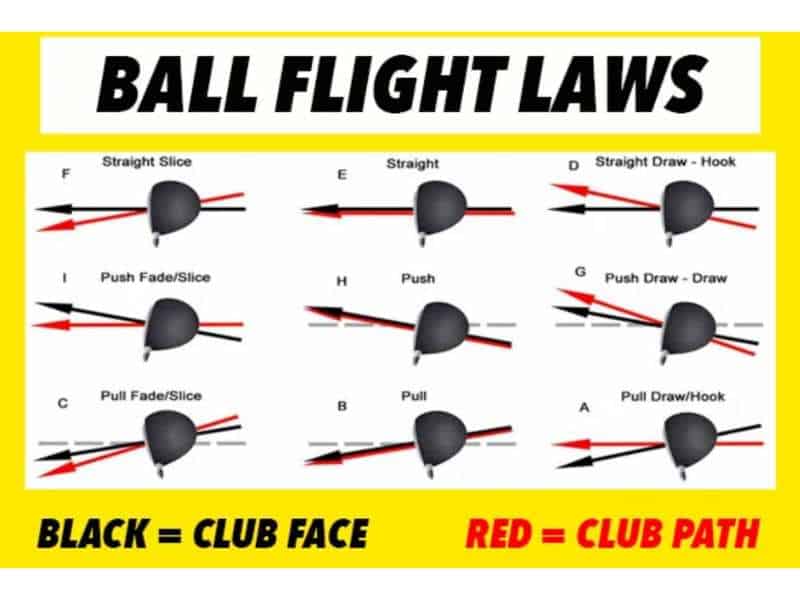
Understanding the Golf Hook
What is a Golf Hook?
A golf hook, as opposed to a golf slice, is a shot that curves excessively to the right or left (depending on the golfer’s left or right handedness). The ball initially travels in a pretty straight line before veering dramatically off in the opposite direction. A hook can lead to challenges with accuracy and distance, just like the slice.
Causes of a Golf Hook
A closed clubface at impact is often the cause of a golf hook. The ball acquires sidespin when the clubface is closed, creating a sizable arc that is perpendicular to the swing path. Incorrect grip, a bad alignment, and an inside-to-out swing path are additional reasons that might result in a hook.
Effects of a Golf Hook
Similar outcomes can result from a golf hook and a slice. Losses in distance, accuracy, and consistency may occur as a result. Golfers may find it difficult to manage the ball’s trajectory, which can be frustrating and possibly detract from their overall game. In order to improve one’s game, it is essential to comprehend the causes and solutions for a golf hook.
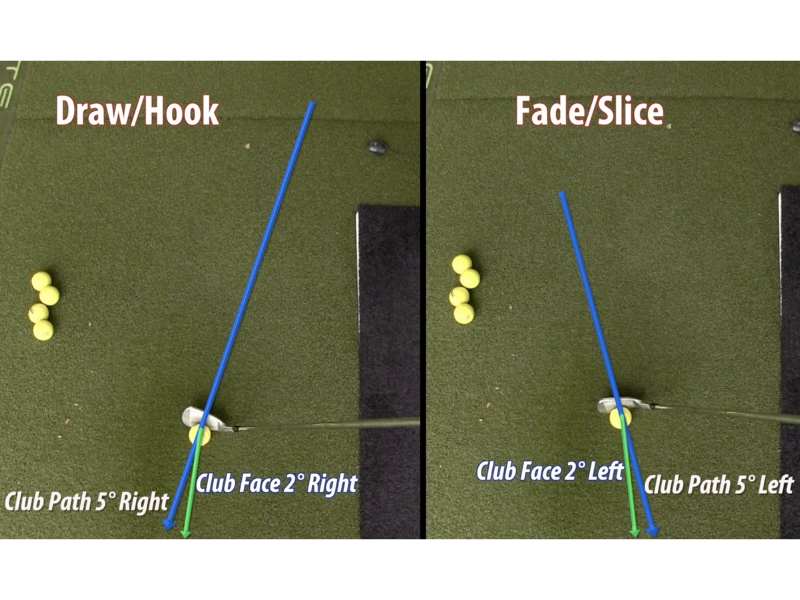
Correcting a Golf Slice
Grip Adjustment
The grip is one of the first things to look at when trying to correct a golf slice. An improper grip might cause the clubface to expand up at contact, exacerbate the slice. To fix this, make sure your grip is neutral or just a little stronger, and that your thumb and index finger are positioned such that they form a V that faces your back shoulder—or your right shoulder for right-handed golfers—instead of the ball.
Alignment and Stance
Fixing a slice requires proper alignment and stance. For right-handed golfers, tilt your torso slightly to the left to promote an inside-to-out swing path. Additionally, make sure your stance is wide enough and that your weight is distributed equally among your feet. The likelihood of an outside-to-in swing path is decreased by this configuration, which encourages a more rotating swing.
Swing Path Correction
Concentrate on swinging from the inside to the outside to eliminate the slice. Instead of a steep V-shape, see the swing path as a shallow U-shape. This modification lessens the sidespin that generates the slicing and squares the clubface at impact. The proper swing path can be reinforced by practicing using alignment rods or swing aids.
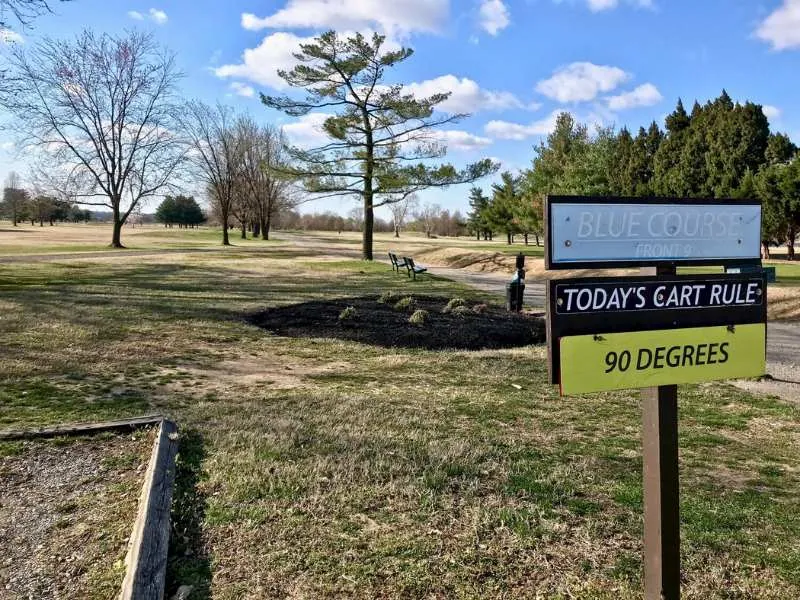
Correcting a Golf Hook
Grip Adjustment
The grip is crucial in fixing a hook, much like it is in fixing a slice. Make sure your grip is neutral or just a little weaker, and that the V formed by your thumb and index finger is facing in the direction of your lead shoulder, which for right-handed golfers is the left shoulder. A good grip reduces the closed face that leads to a hook and helps square the clubface upon contact.
Alignment and Stance
Changing your stance and alignment can also aid in removing a hook. For right-handed golfers, tilt your torso slightly to the right to promote an outside-to-in swing path. Verify the width of your stance, then equally distribute your weight among your feet. The likelihood of a closed clubface is decreased by this arrangement, which encourages a more neutral swing path.
Swing Path Correction
Concentrate on swinging from the outside to the inside to repair a hook. Instead of seeing the swing route as a steep U-shape, picture it as a shallow V-shape. By making this change, you can lessen the sidespin that leads to the hook and square the clubface at contact. drills that place an emphasis on the proper swing path and club face control.
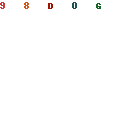
Practicing to Improve
Focusing on Fundamentals
Focusing on the fundamentals is essential whether you’re trying to correct a slice or a hook. Practice your grip, alignment, stance, and swing path frequently. Having a strong base can help you make a swing that is more dependable and consistent.
Seeking Professional Guidance
Seeking advice from a golf pro can be helpful if you’re having trouble improving the shape of your shot. They may evaluate your swing, point out particular areas that need work, and offer suggestions and drills that are specifically designed to help you get rid of your slice or hook.
Engaging in Targeted Drills
Your success in repairing a slice or a hook can be accelerated by practicing focused drills. Utilize training tools that encourage the right swing path and clubface control, such as alignment rods or swing aids. You’ll be able to create muscle memory and reinforce the desired swing adjustments with regular practice using these techniques.
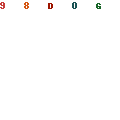
Conclusion
Any golfer looking to advance their game must comprehend the distinction between a hook and a slice. You may straighten out your shots, improve accuracy, and recover control of your ball flight by addressing the issues and putting the suggested adjustments into practice. Remember that overcoming these shot shapes and having a more enjoyable round of golf require persistence and regular practice.
FAQs
Q: Is it easier to fix a golf slice or a hook?
A: Golf slices and hooks can be corrected with relative ease depending on the golfer’s ability level, the underlying causes of the shot shape, and their level of dedication to practice and improvement.
Q: Can changing my grip help fix a slice or a hook?
A: Yes, changing your grip can significantly affect how well you can fix a slice or a hook. While a neutral or slightly weaker grip can help repair a hook, a neutral or slightly stronger grip can aid with a slice.
Q: How long does it take to correct a golf slice or a hook?
A: Each golfer needs a different amount of time to fix a hook or slice. It depends on elements like the difficulty of the shot shape, the golfer’s capacity for swing adjustments, and the regularity of practice.
Q: Should I seek professional help to fix my golf slice or hook?
A: If you’re having trouble changing the shape of your shot or aren’t getting the desired results via self-correction, getting advice from a golf pro can provide you useful insights and hasten your progress.
Q: Can targeted drills and training aids help fix a slice or a hook?
A: Yes, using training tools and performing focused drills can be very helpful in repairing a slice or a hook. They aid in long-term improvement by reinforcing appropriate swing mechanics and encouraging muscle memory.






